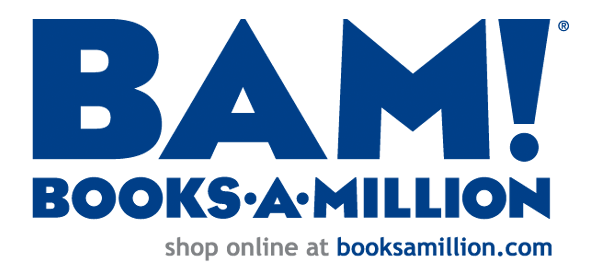The Environment
The normal process is that a project fails, people are assigned to fix it, they apply corrective actions to the project, and they muscle it to completion. The entire time they vow to fix the root problems as soon as the project is complete. Unfortunately, by the time the project is over, people have been reassigned, management does reluctant to spend more money, and everyone is sure they know the issues and will never repeat them. People are exhausted. The retrospective is forgotten.
Many problems exist in this scenario. To begin with, projects are not self-contained systems; they are a subset of larger systems. They are inside organizations and the people, processes, and policies of those organizations bound the project. To fix the project, one must fix the organization. The solution is to have a company philosophy of addressing problems when they are found.
The Anatomy of Failure
Every recovery is really three projects—the failing project, the recovery project and the newly recovered project. The recovery is sandwiched between to other two projects. The recovery process generates multiple corrective actions to attain the new successful project. The gold in the recovered project is the corrective action. Properly applied corrective action solves the problem so it will not reoccur on this and follow-on projects. To reap that benefit, the problem needs to be fixed at its root cause.
For example, one common reason for projects getting in trouble is that the people do not have the correct skills to do the work. There are two commonly proposed solutions to this problem: 1) train team members on the required skills, or 2) replace them with appropriately trained resources. However, this only solves the project's problem. Ask the question, "Why are their skills inadequate?" It is surely not the individual's fault. In many companies, there is a policy that internal people are used prior to bringing in outside resources. This is a great policy and very well intended, if there is also a policy to train people on technologies that are on the corporate roadmap. The training must be part of overhead or factored into the time and cost of the project. Unfortunately, too many organizations reduce the training budget to remain competitive—a fatal mistake.
Analyzing each problem on the project for its root cause will generate a list of organizational changes that will benefit all projects in the future.
Breakaway Companies Embrace Change
As support for the change theory, let us look at a few recently published IBM whitepapers on the attributes of breakaway companies—companies that did not simple prosper, they pulled away from their competition. One cites a number of traits in the corporate culture that made them different from their lesser competitors. They strove to have their management less corrective and more directive; decision support had morphed into action support; operations were taken beyond efficient and were being optimized; and they were no longer using human insight to address problems but rather applied semantics. Companies that were in this class never thought about Band-Aiding problems on projects. It is too slow. Fast organizations fix problems at their source by making agile systems capable of rapid change. They cannot fix problems in the field it is too costly, they need to be fixed at their genesis.
 To accomplish this they need to embrace change. IBM research went further and identified the key contributors to success in the breakaway companies. The key was their acceptance of change. Although adherence to procedures was a factor, what really distinguished them were four major contributors:
To accomplish this they need to embrace change. IBM research went further and identified the key contributors to success in the breakaway companies. The key was their acceptance of change. Although adherence to procedures was a factor, what really distinguished them were four major contributors:
- Drive culture and people change management
- Move to sophisticated data governance systems
- Implementation of business process change
- Achieve Organizational alignment
These four items constituted sixty-two percent of the reason they were top performers. Managing the mechanics of the organization was a mere thirty-eight percent of the reason for their success.
Conclusion
To be successful we need to have successful projects. To break the mold of current project failure we need change. Looking beyond reaction and to move to deliberate action is critical to success. This requires drilling into the reasons for failure and solving the problems at their source. It requires a new attitude and culture that realizes that we must change our businesses, remove the organizational barriers, and use each failure to point to new ways of thinking. By doing this, each failure becomes a gold mine showing us what to correct.
.png)
 Twitter
Twitter Facebook
Facebook RSS
RSS Linkedin
Linkedin

.png)






.png)
